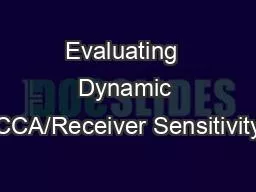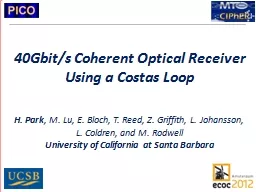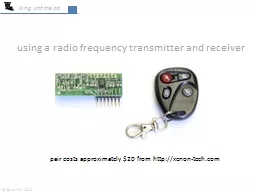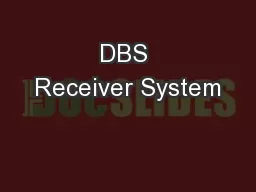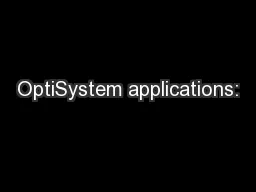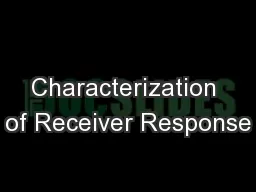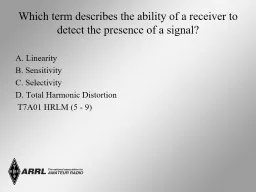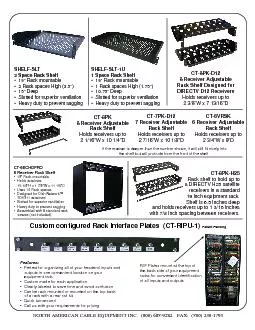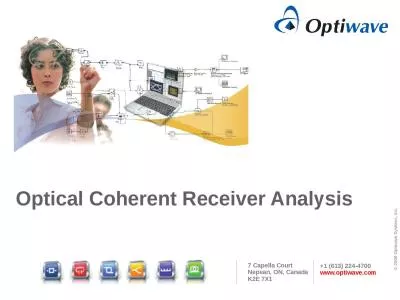PPT-Evaluating Dynamic CCA/Receiver Sensitivity
Author : jiggyhuman | Published Date : 2020-08-27
Algorithms Authors Name Affiliation Phone email Brian Hart Cisco Systems brianhciscocom Reza Hedayat Cisco Systems rehedayaciscocom Sigurd Schelstraete Quantenna
Presentation Embed Code
Download Presentation
Download Presentation The PPT/PDF document "Evaluating Dynamic CCA/Receiver Sensiti..." is the property of its rightful owner. Permission is granted to download and print the materials on this website for personal, non-commercial use only, and to display it on your personal computer provided you do not modify the materials and that you retain all copyright notices contained in the materials. By downloading content from our website, you accept the terms of this agreement.
Evaluating Dynamic CCA/Receiver Sensitivity: Transcript
Download Rules Of Document
"Evaluating Dynamic CCA/Receiver Sensitivity"The content belongs to its owner. You may download and print it for personal use, without modification, and keep all copyright notices. By downloading, you agree to these terms.
Related Documents

